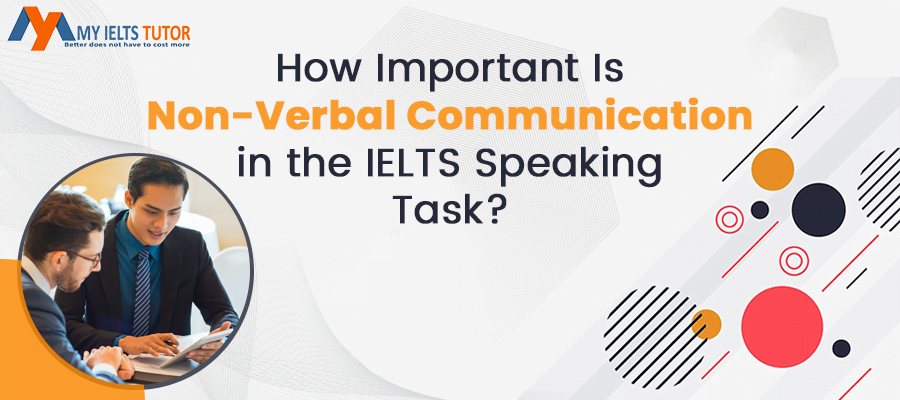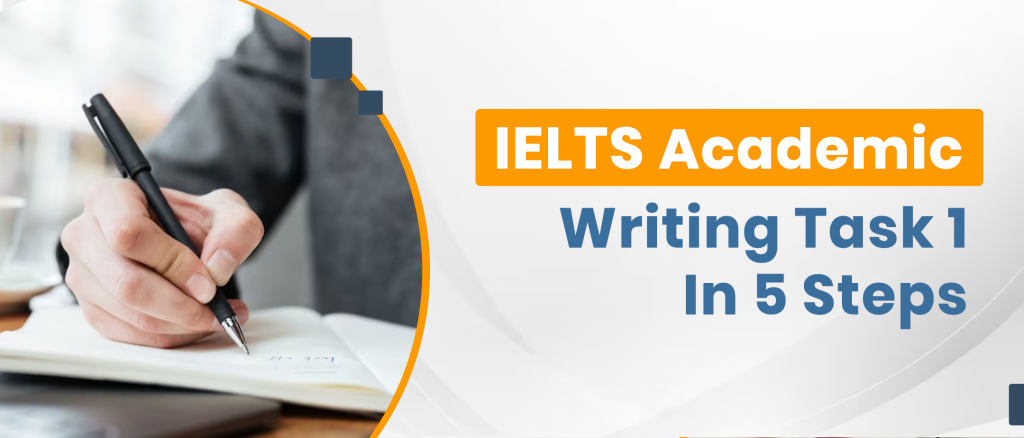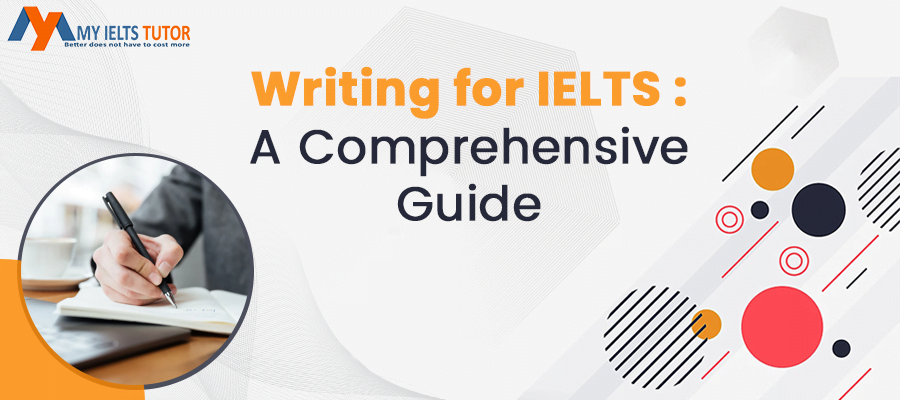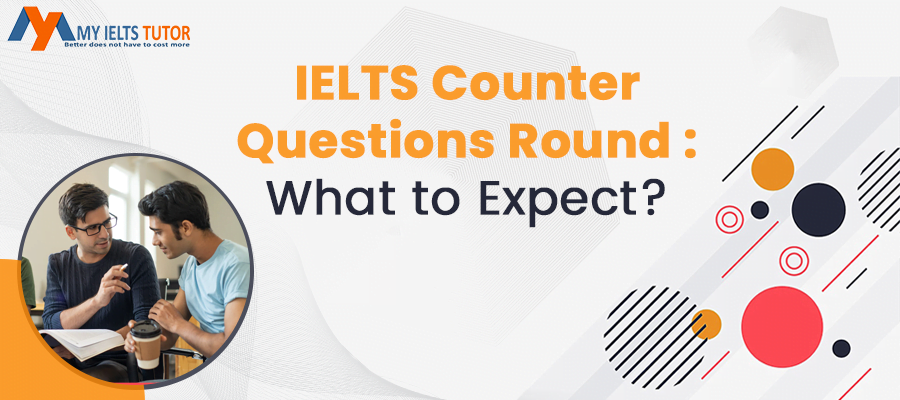How Important Is Non-Verbal Communication in the IELTS Speaking Task?

The IELTS speaking test is all about communication, which means that non-verbal cues are just as important as the words you use. In fact, non-verbal cues can sometimes be even more important, because they can help you to clarify your meaning or show that you’re interested in what the other person is saying.
In this post, we’ll take a look at some of the most important aspects of non-verbal communication and discuss how you can use them to your advantage in the IELTS speaking test.
What Is Non-Verbal Communication?
Non-verbal communication, or body language, is one of the most important aspects of the IELTS Speaking test. It’s so important, in fact, that it accounts for about 60% of your score.
What does that mean for you? It means that you need to be aware of the signals you’re sending with your body and make sure they’re aligned with the words you’re saying. For example, if you’re trying to come across as confident and assertive, but you’re crossing your arms and looking away, the interviewer is going to get the impression that you’re shy or uninterested.
It’s also important to be aware of your facial expressions. For example, if you’re smiling and nodding while the interviewer is talking, they’ll probably think you’re engaged and interested in what they’re saying. But if you have a poker face and never smile, they’ll get the impression that you don’t care about the topic or that you’re not interested in the job.
How Important Is Non-Verbal Communication in the IELTS Speaking Task?
In the IELTS Speaking test, non-verbal communication is very important. It can help you to express your ideas more clearly, and it can also help to build rapport with your examiner.
There are a few key things to remember when it comes to non-verbal communication. Firstly, make sure that you are aware of your body language. Make sure that you are sitting up straight, and that you are not crossing your arms or fidgeting with your hands.
Secondly, make eye contact with your examiner. This shows that you are interested in the conversation, and it also helps to build rapport. Thirdly, try to use facial expressions to express your ideas. For example, if you are talking about something sad, you can use a sad facial expression to show how you feel.
Non-verbal communication is a very important part of the IELTS Speaking test, so make sure that you practice it as much as possible!
Types of Non-Verbal Communication
When it comes to the IELTS speaking test, non-verbal communication is just as important as the words you use. In fact, it can be even more important, because it’s a chance for you to support what you’re saying with your body language.
There are three types of non-verbal communication:
1. Facial expressions: These are a great way to show your emotions and connect with the listener. Make sure your facial expressions are positive and open, and that you’re not frowning or squinting.
2. Gestures: Use gestures to help explain what you’re saying. Make sure they’re appropriate and not distracting.
3. Body language: This includes your posture, how you’re standing, and how you’re moving. Make sure you’re standing up straight and not slouching, and that you’re not crossing your arms or fidgeting with your hands.
How to Use Non-Verbal Communication Effectively in the IELTS Speaking Task
When you’re taking the IELTS Speaking test, it’s important to use non-verbal communication to your advantage. This means using gestures and facial expressions to convey your message.
Non-verbal communication can be very powerful, and it can help you to sound more confident and fluent. It can also help you to keep your energy level up, which is essential in the speaking test.
But using non-verbal communication isn’t easy. It takes practice, so be sure to spend some time practicing in front of a mirror. And remember, always smile!
Tips for Using Non-Verbal Communication in the IELTS Speaking Task
When it comes to the IELTS Speaking Test, non-verbal communication is just as important as the words you use. In fact, it can often be the deciding factor between a Band 6 and a Band 7 score.
So what can you do to make the most of your non-verbal communication? Here are a few tips:
1. Make eye contact. This shows that you’re engaged in the conversation and that you’re taking your partner seriously.
2. Smile. A smile conveys warmth and friendliness, which will put your partner at ease.
3. Use facial expressions to show emotion. If you’re happy, sad, angry or surprised, let your partner know by using appropriate facial expressions.
4. Gesture with your hands. This helps to clarify what you’re saying and keeps the conversation flowing smoothly.
5. Use appropriate body language. Lean in when you’re interested in what your partner is saying, or cross your arms if you need a break from the conversation.
Practice Using Non-Verbal Communication in the IELTS Speaking Task
When it comes to the IELTS Speaking test, non-verbal communication is just as important as the words you use. In fact, sometimes your non-verbal cues can be even more powerful than your words.
That’s why it’s important to practice using non-verbal communication in the IELTS Speaking task. If you can master the art of using facial expressions, gestures, and vocal tones, you’ll be able to communicate more effectively with your interviewer and boost your score.
So how can you practice using non-verbal communication? One way is to watch videos of native English speakers and note how they use non-verbal cues to convey their messages. Another way is to role-play different scenarios with a friend or practice partner. By doing this, you’ll be able to build up your confidence and really shine in the IELTS Speaking test.
Conclusion
Non-verbal communication is a very important aspect of the IELTS speaking task. It can help you to convey your ideas and feelings more effectively, and it can also help to strengthen your overall performance.
There are a number of different non-verbal techniques that you can use in the IELTS speaking task, and it’s important to familiarize yourself with as many of them as possible. In order to achieve your best score, you need to be able to use a variety of non-verbal techniques to express yourself.
Practice is key when it comes to mastering non-verbal communication. The more you practice, the more comfortable you’ll be in using these techniques. Don’t be afraid to experiment – the best way to learn is to try new things and see what works best for you.






